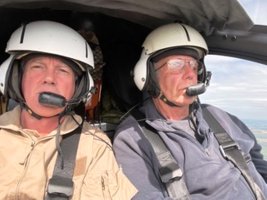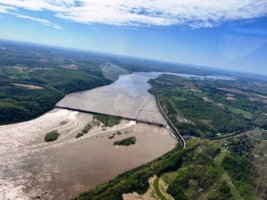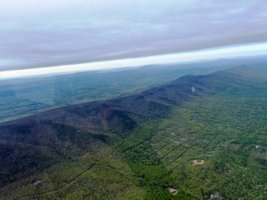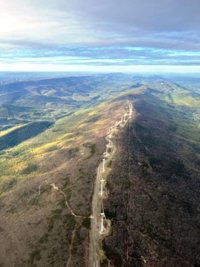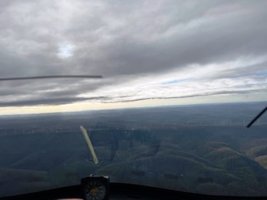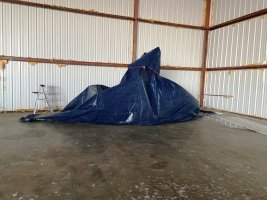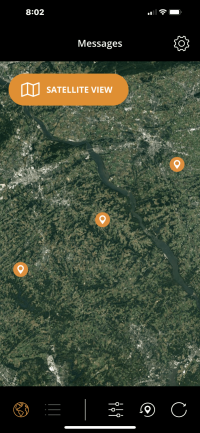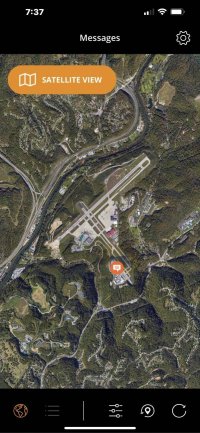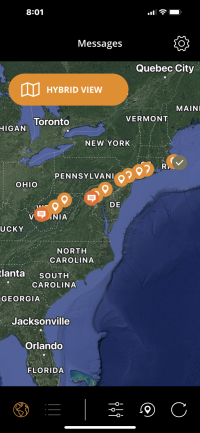My friend Kyron called me up and told me he had purchased a factory built AutoGyro Cavalon 915 (N915 AG) in Chatham, Massachusetts and wondered if I would like to fly it back with him to Oceanside. Kyron is always a lot of fun and we both felt it would be a great adventure so we began working on the details. What follows is just my opinion on how it should be done and my observations on the journey. It is not the only way; it is simply a compilation of our opinions and experience. It should not be construed as flight instruction and it is based my love of flying and driven by a number of mistakes I have made. I apologize that there are not more pictures. We were both a little busy.
We began by articulating our priorities. 1. Survive the adventure. I feel it is an important number one because it affects aviation decision making. It is too easy to imagine the destination is the point and make poor aviation decisions based on the desire to accomplish the mission. I have read enough accident reports to recognize this is number one. 2. Don’t damage the aircraft. Particularly with a turbocharged engine it is easy to overstress the engine to manage some flying challenge and with a gyroplane it is easy to tip her over and do major damage so we wanted to remember to stay away from the edges. 3. Teach Kyron to take off and land. Seven years ago Kyron helped me to practice giving instruction in a Cavalon and he flew very well. I felt at the time I did not have the skill set developed to teach the two things that cause most of the gyroplane mishaps, takeoffs and landings so Kyron was still without those skills. I did not want to simply ferry the aircraft back to Oceanside so we allocated a day to teach Kyron to take off and land. I would be there to fix it if I felt he did not have the skill set to manage a particular challenge. 4. Have a great adventure. This was a sure thing and we wanted to have it last because the other three were so important.
We felt having enough time was an important part of the fun so we allocated what we felt was plenty of time.
Flight planning for me is aviation foreplay and it is free and safe. We began by using Sky Vector as a flight planning tool and it allowed Kyron to plan and then send his plan to me so we could discuss his plan at length. As part of my teaching the final decisions were always his. Kyron is an experienced single engine land pilot so following roads is foreign to him. I am a follow the roads enthusiast so when the engine goes quiet we don’t have far to walk. I don’t land on the roads, just somewhere nearby.
I am a paper chart enthusiast and Kyron was enamored with electronic flight bags. After some conversation he purchased paper charts for the flight. I feel paper charts improve my situational awareness and I like to mark them up to see our progress as the flight unfolds. Kyron came to enjoy the paper charts.
We went back and forth for about six weeks until we finally settled on a route. Four and a half days of flying. We figured around 2,600 nautical miles (3000 statute miles) taking us around 35 hours of flying time figuring on big head winds in Texas and New Mexico. I like to fly low (1,500 to 2,500 feet above the ground) to see the sights which is slower and less direct than flying higher. Speed was not a priority for of us. For me the destination is the excuse to go flying and I have no desire to shorten the magical time in the air.
Kyron then downloaded our flight plane on Foreflight.
I love the United States of America and in my experience it becomes even more beautiful from a thousand feet above the ground and the people we meet at airports are people I love to meet.
Cavalon 915 Alpha Golf is equipped with all the latest Garmin navigation and radios and has a nice glass panel. I particularly like some of the radio features. I am not a glass panel enthusiast. I felt fortunate to have Kyron’s help so I did not have to learn how to work all the gadgets.
With any new to me aircraft I feel it is best to fly locally before going cross country. Often there are little challenges that need to be worked out. This Cavalon had been flown almost daily and the maintenance had been meticulous so we accepted the elevated risk. The fuel pumps had already been replaced.
This was a certified gyroplane so we were not supposed to fiddle with it much beyond spark plugs and oil changes.
Kyron’s pre-buy inspection flight had been magical with Jan expertly managing her local airspace. At one point he had difficulty hearing air traffic control (ATC) until they were about seven miles out when the tower could hear them from twelve miles out. It was not repeated and both Jan and Kyron felt it was not a cause for concern. Kyron felt the difficulty in hearing ATC was because of the old David Clark headset he was wearing and assumed Jan could hear better with her Bose headset. One of our areas of concern was that my helmet headsets might not work any better than the David Clarks.


